L'Orthodontie Française
MENUThe orthognathic surgery so called « early » Volume 92, issue 1, Mars 2021
Figures
-
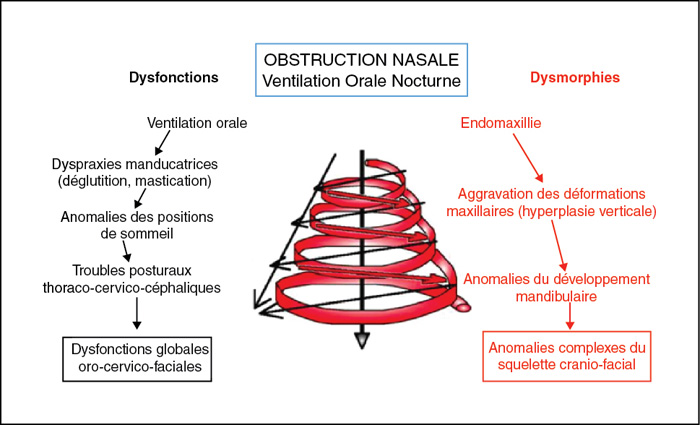
Figure 1 -
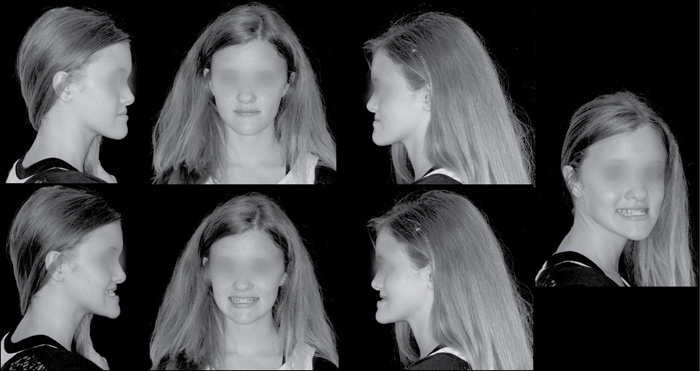
Figure 2 -
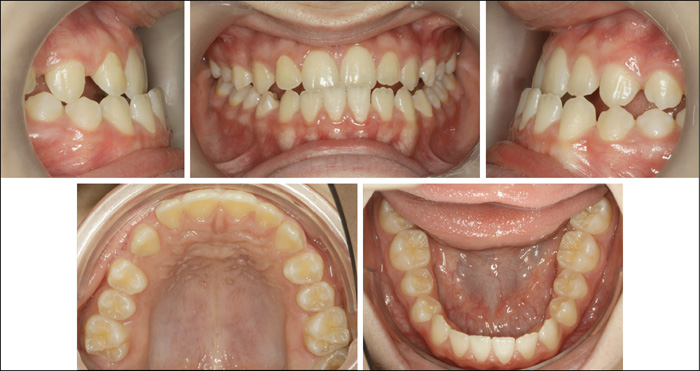
Figure 3 -
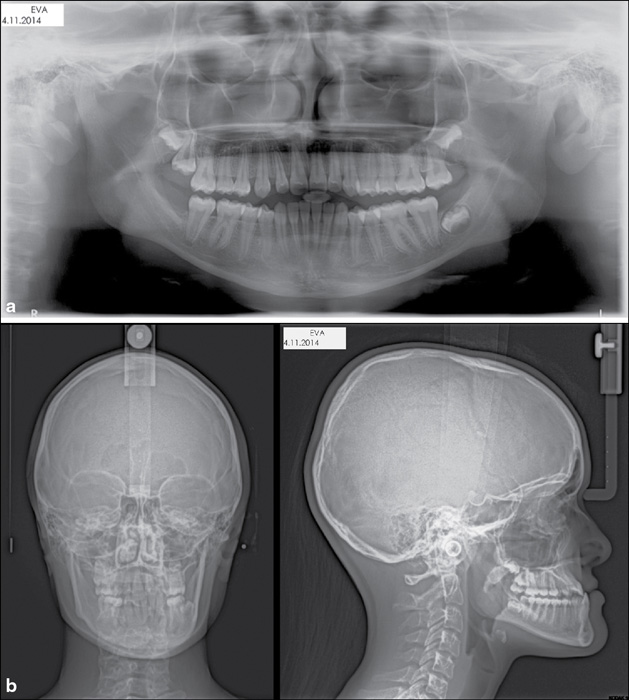
Figure 4 -
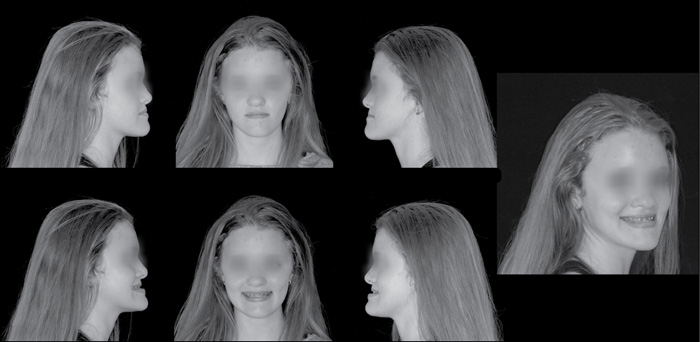
Figure 5 -

Figure 6 -
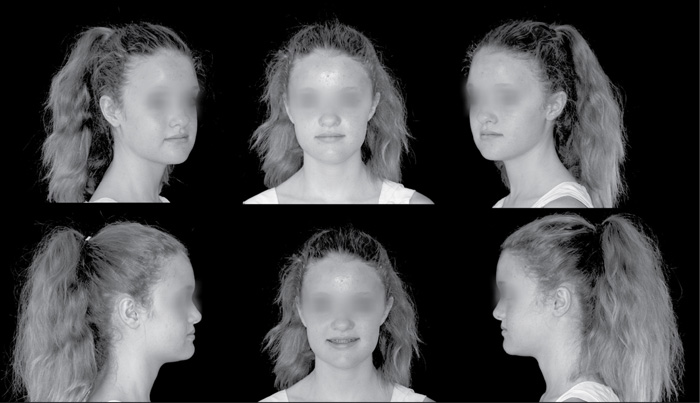
Figure 7 -
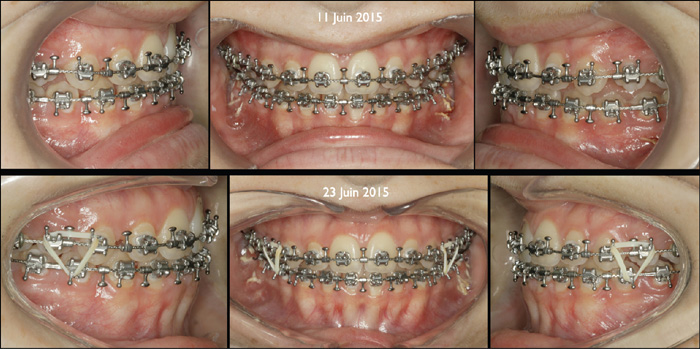
Figure 8 -
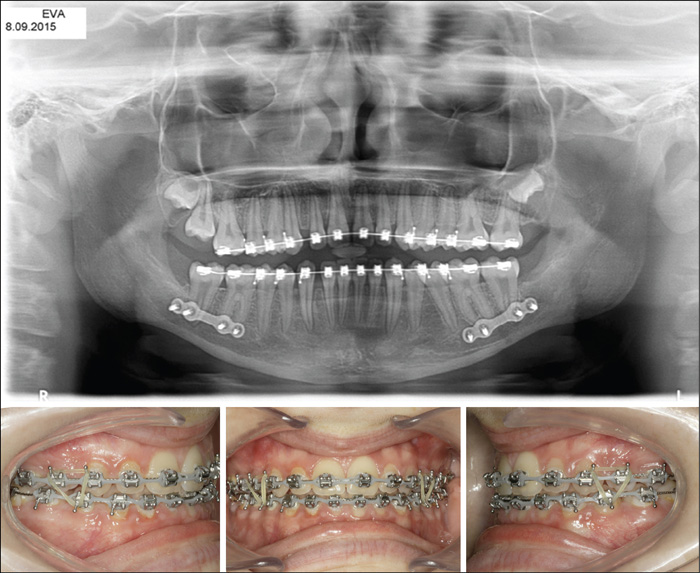
Figure 9 -
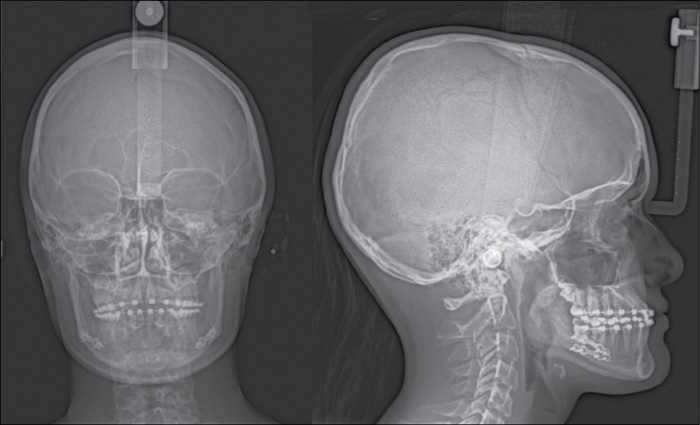
Figure 10 -
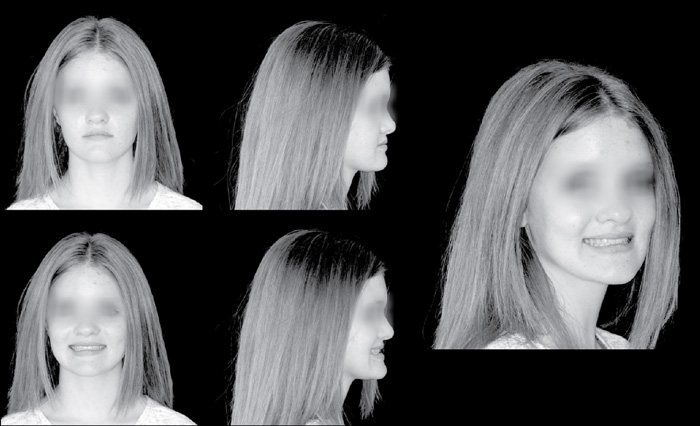
Figure 11 -

Figure 12 -
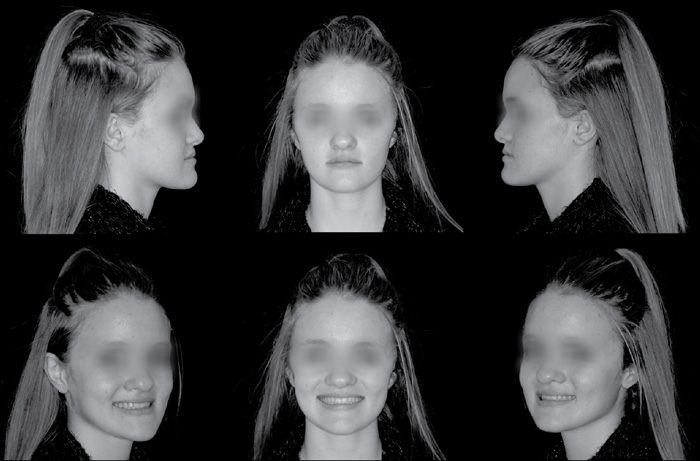
Figure 13 -

Figure 14 -
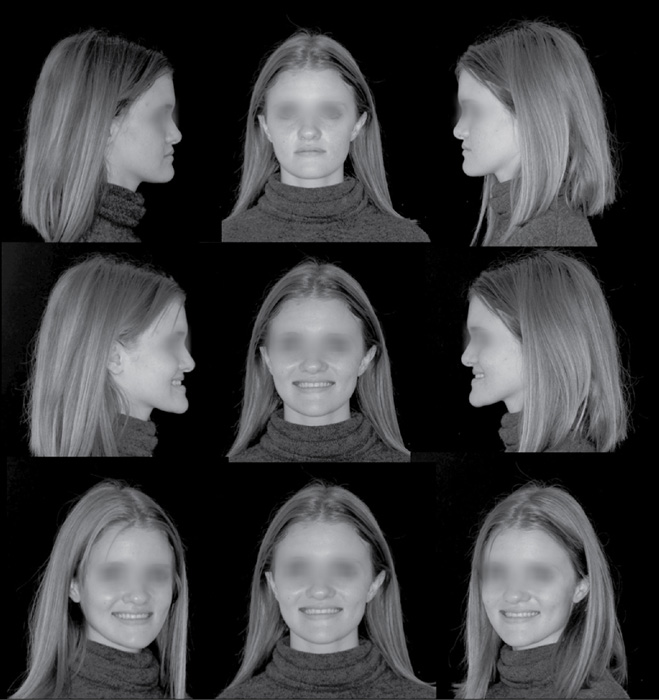
Figure 15 -
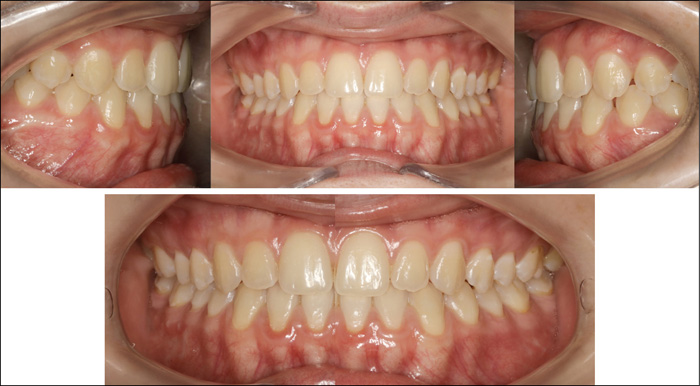
Figure 16 -
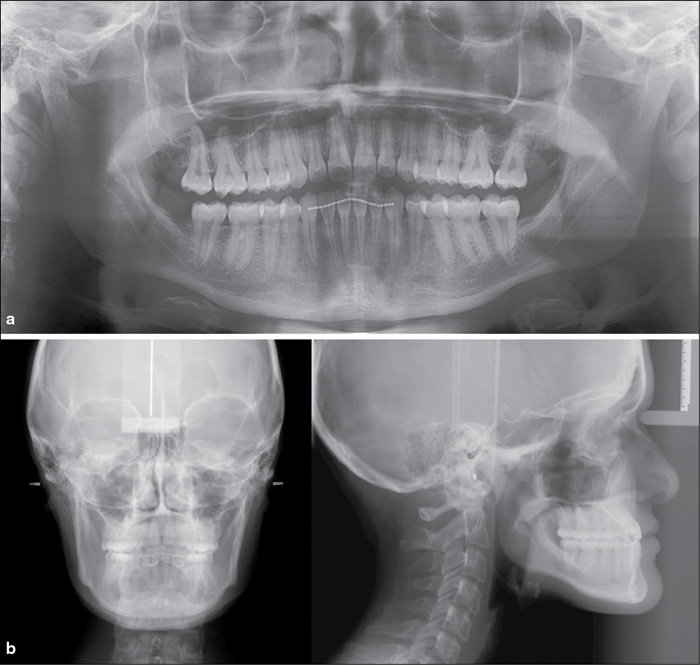
Figure 17 -
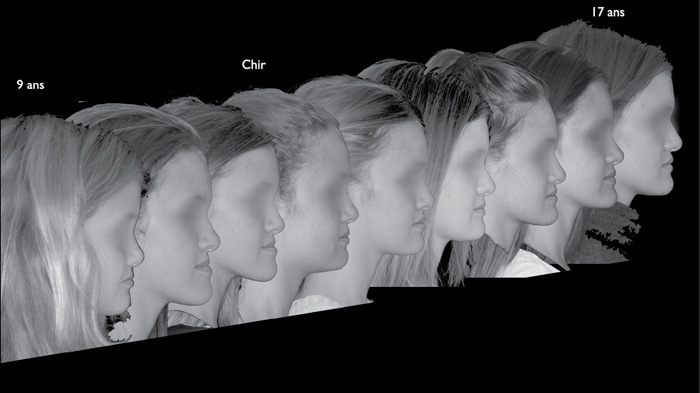
Figure 18 -
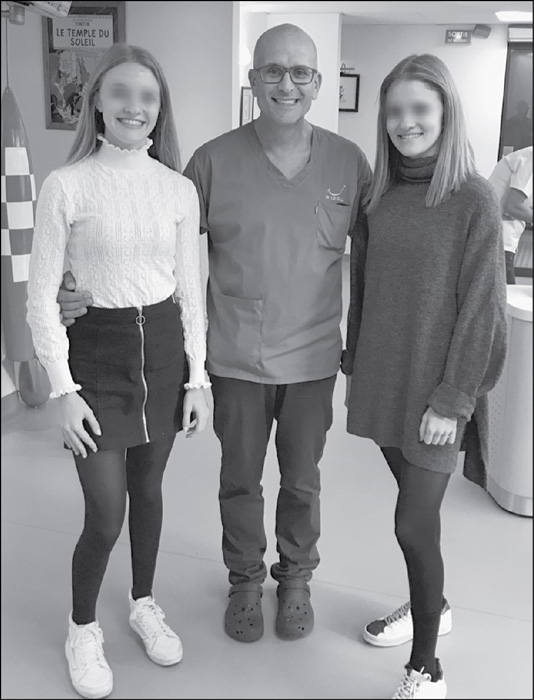
Figure 19 -
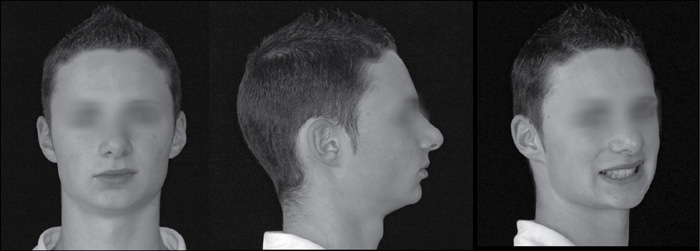
Figure 20 -

Figure 21 -
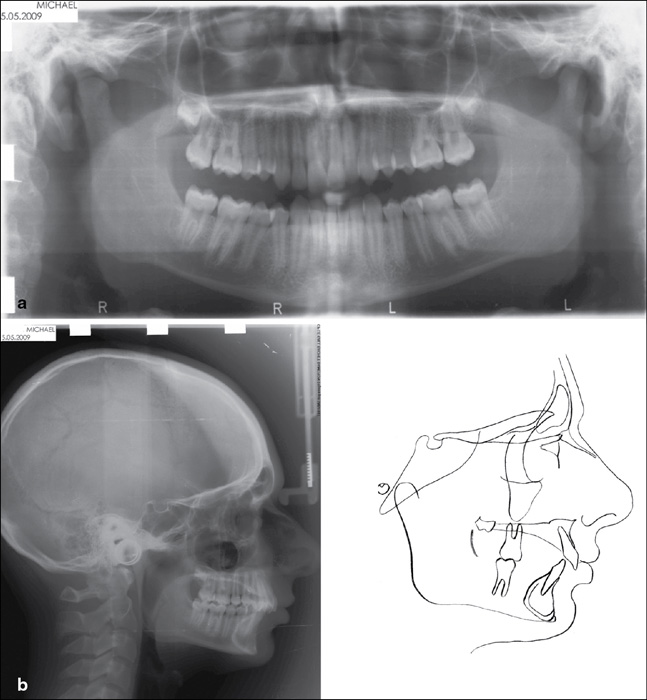
Figure 22 -
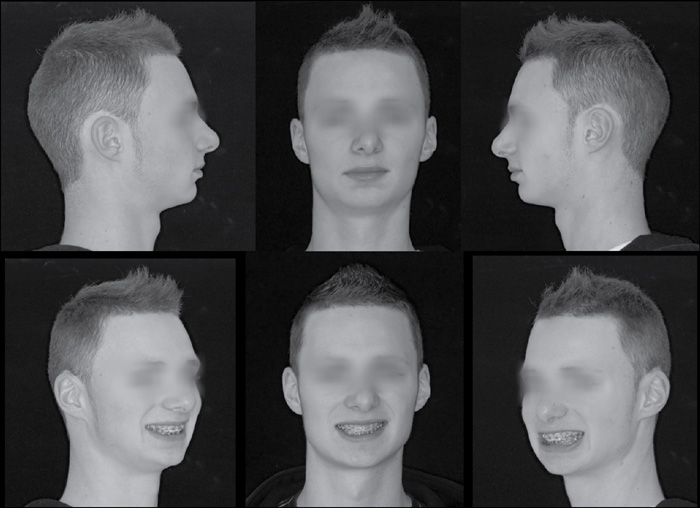
Figure 23 -

Figure 24 -
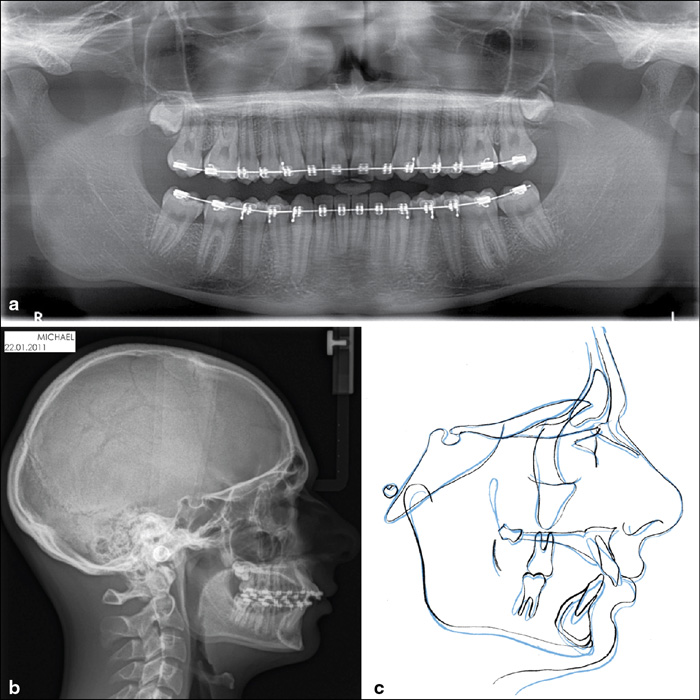
Figure 25 -

Figure 26 -

Figure 27 -
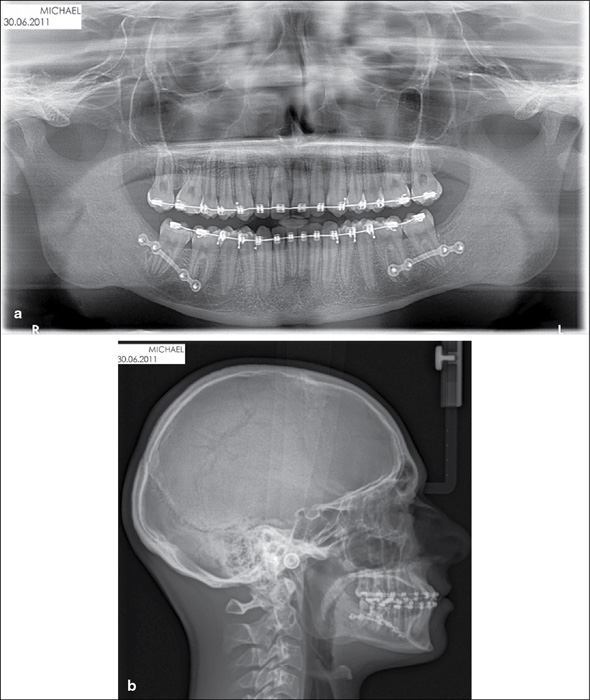
Figure 28 -
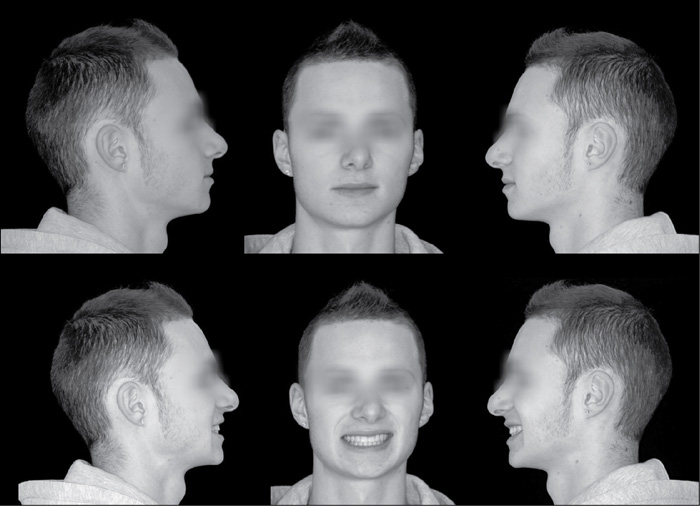
Figure 29 -

Figure 30 -
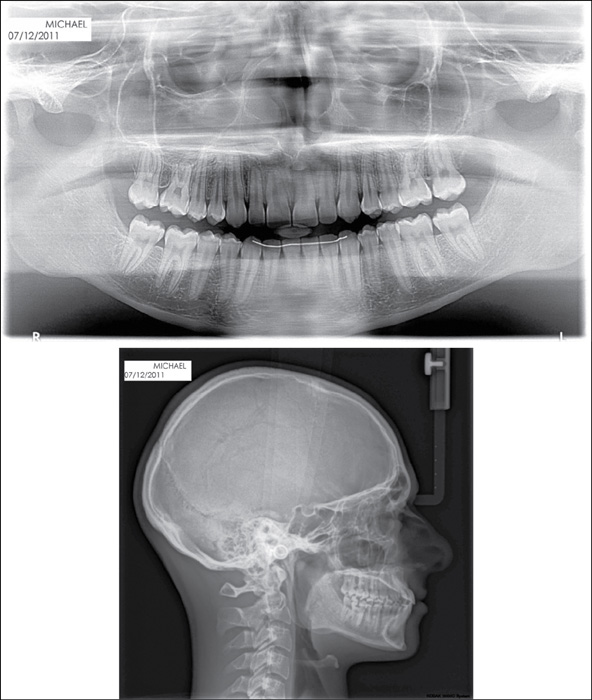
Figure 31 -
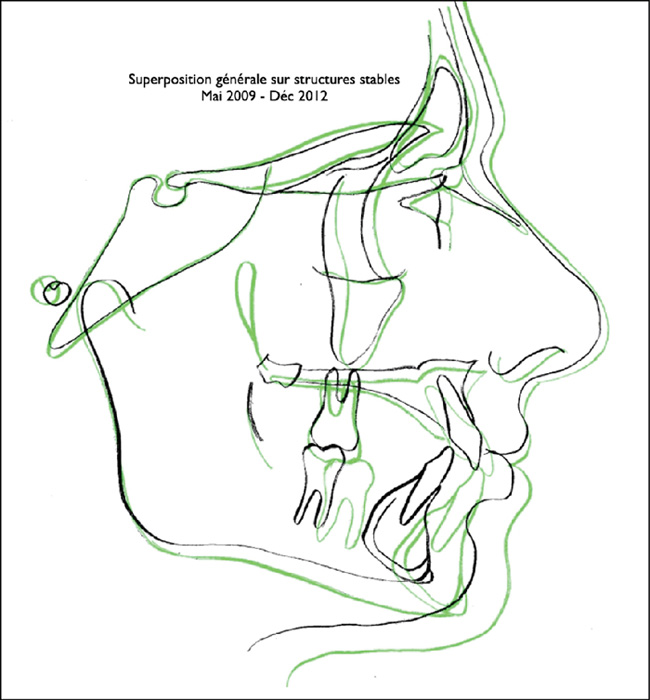
Figure 32 -
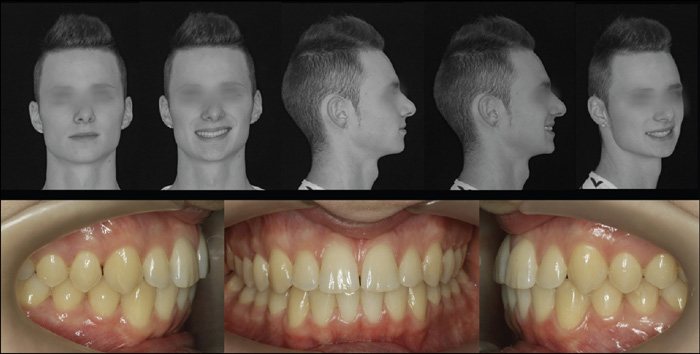
Figure 33 -
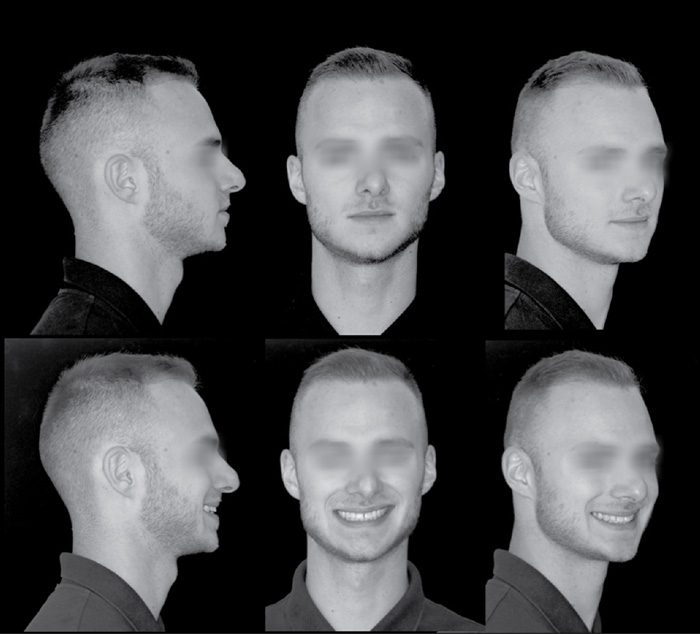
Figure 34 -
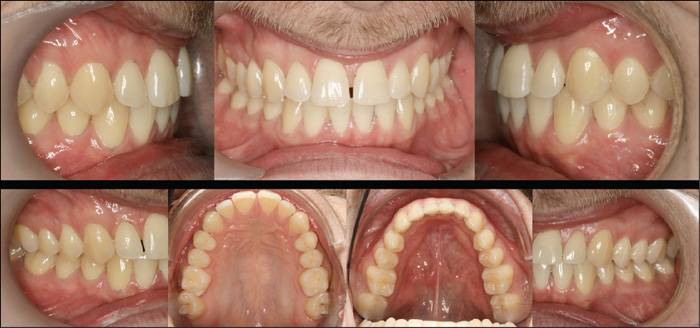
Figure 35 -
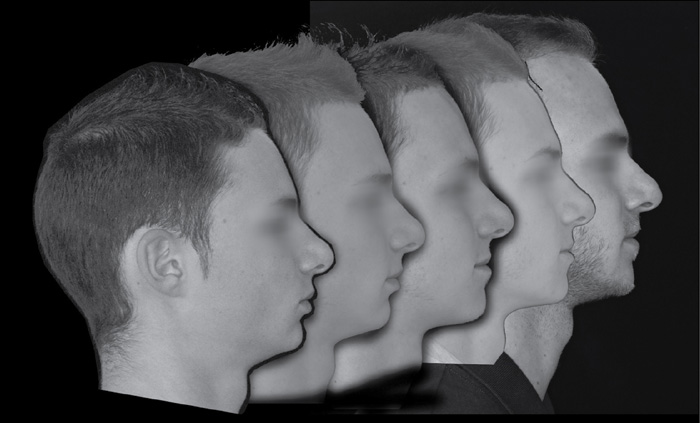
Figure 36
Tables
1 Unité Fonctionnelle d’ODF, Hôpital de la Timone, 264 rue Saint-Pierre, 13005 Marseille, France
2 Hôpitaux Universitaires de Marseille Conception, 147 boulevard Baille, 13005 Marseille, France
* Correspondance
- Key words: Surgery, Orthognatic, Early, Growth, Dentofacial deformities, Maxillary, Mandible, Psychosocial stress
- DOI : 10.1684/orthodfr.2021.37
- Page(s) : 67-93
- Published in: 2021
Introduction
Some young patients with a significant skeletal shift with a strong morpho-aesthetic and psychological impact may require surgical correction during their growth.
Materials and Methods
A good understanding of facial growth, the different treatment options and the effects of surgery on the post-operative growth pattern will allow the practitioner to use the technique most suited to each of his patients and improve long-term treatment outcomes.
Results
So-called « interceptive » surgery may therefore be considered in cases of severe skeletal dysmorphism of secondary or functional origin. It will lead to early normalization with the immediate consequence of breaking the « dysmorpho-dysfunctional » spiral.
